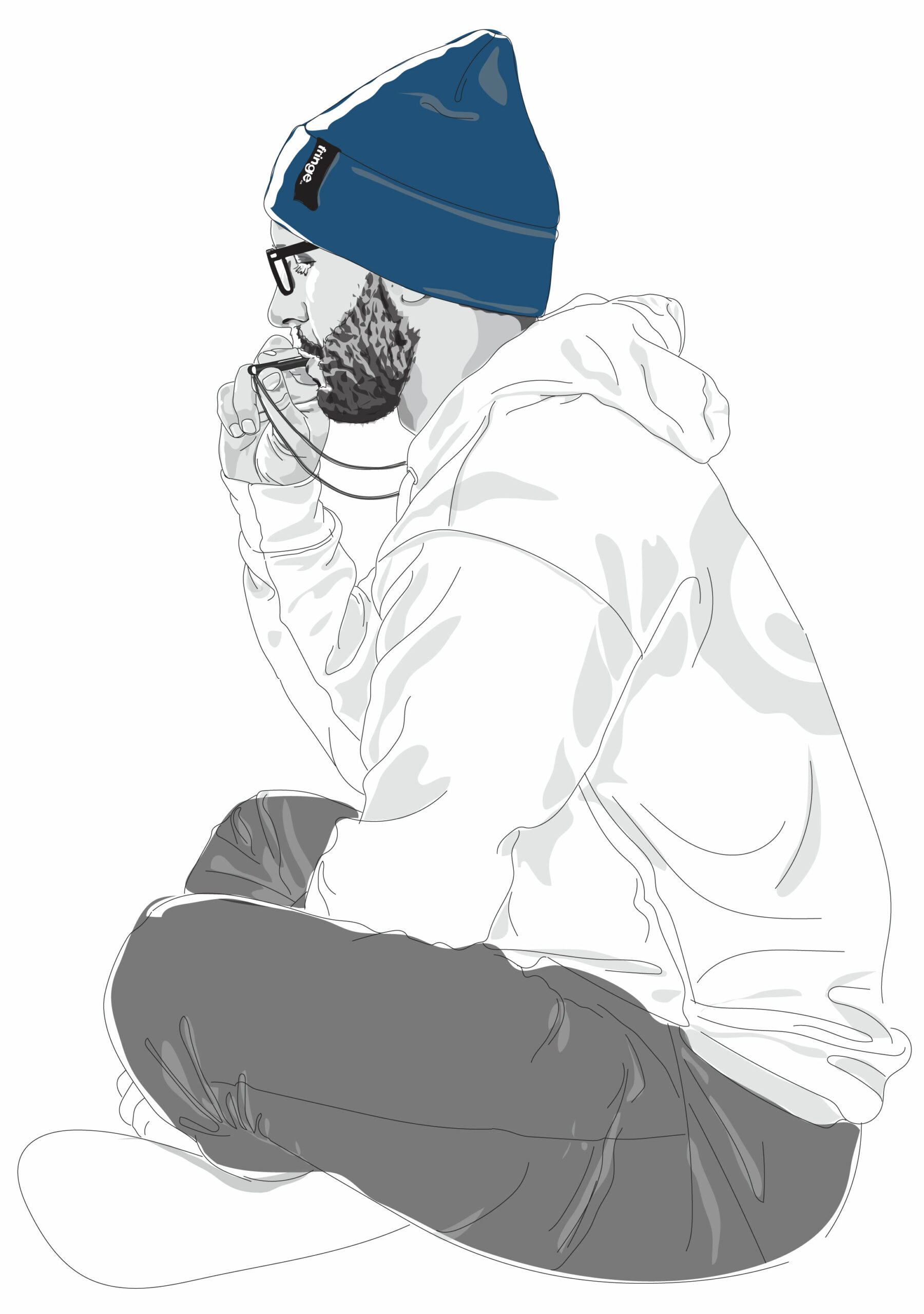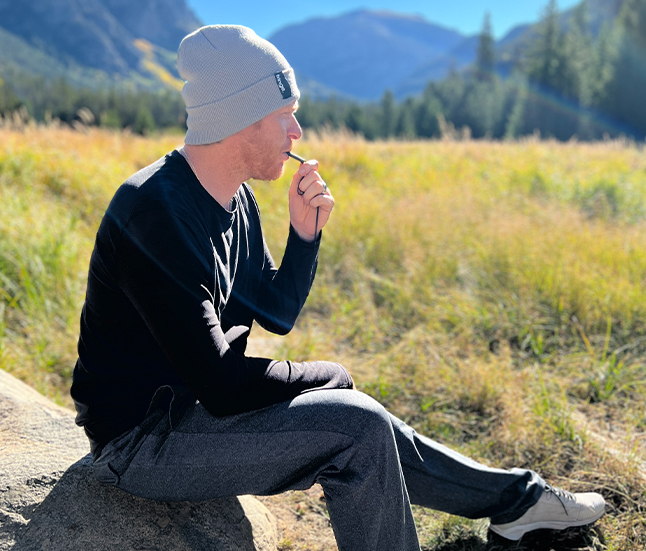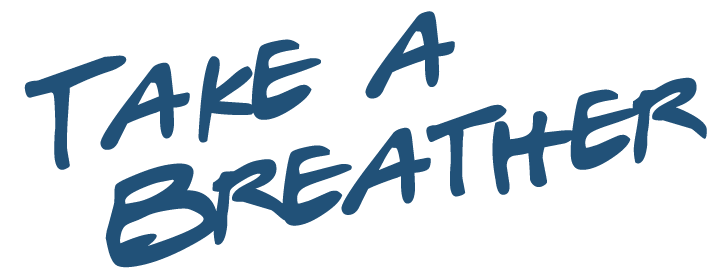
yesterday's medicine
For thousands of years, ancient cultures emphasized special breathing practices because they were found to have value for a person’s health and wellness. Often referred to in ancient texts as a “vital principle” to flow through the human body, our breath was often referenced as a kind of energy, often spiritual.
Chinese call this energy qi.
Hindus call it prana.
Ancient Greeks called it pneuma.
The Hebrew term rûah references both breath and the divine.
The Latin term, spiritus, references both “spirit” and “respiration”.
One thing is certain, since the dawn of time – Breathing is life.
breath is life
Amongst Eastern cultures, the act of controlling and slowing one’s breath for healing has been practiced for thousands of years. Both yesterday’s and today’s common eastern meditation and movement practices (yoga, t’ai chi, and qigong) have breathing at the core of their practice.
today's science
Breathing, and changing how we breathe, triggers many physiological mechanisms that can unlock our bodies’ own natural healing capabilities. The health benefits of breathing and the potential for breathing exercises to treat a wide range of health conditions has stimulated a lot of interest from the medical and scientific communities in this area of research.
The way we breathe can improve stress, anxiety, depression, pain, focus, sleep/ wake cycles and insomnia. Breathing exercises can even lower your heart rate and blood pressure, signifying the incredible effect they can have to improve both physical and mental health. How we breathe turns out to be incredibly powerful in regulating our overall health.
The research is very clear that deep breathing exercises take an effect in our body through our autonomic nervous system. Our autonomic nervous system is composed of 2 parts. One part, the sympathetic nervous system, is responsible for our fight-or-flight response. The other part, our parasympathetic nervous system, controls our body’s response to rest-and-relax. It is helpful to think of our parasympathetic nervous activity as calming and our sympathetic nervous activity as excitatory.

heal yourself
Breath for general wellness
When we begin to work with the breath as a healing tool, we discover that intentional deep, slow breathing has an immediate calming and clarifying effect on both mind and body. It is absolutely the most helpful thing we can do in any stressful situation.
Simply making your breathing exhalations longer than your inhalations can help you slow your own heart rate resulting in lower stress levels, improved cognition, falling asleep faster and can lead to better overall health.
The breathing exercises below can be done with or without the use of a breathing tool, the most important part is working on your breathing everyday.
Sitting comfortably, breathe deeply through these:

breathing technique for general wellness
- Inhale through your nose 3-5 seconds
- Pause
- Exhale naturally into the kalm breath tool for 5 seconds
- Repeat 5 times to give your mind and body a short break
- Challenge yourself to increase your exhale time to 8-10 seconds.
breathing exercise for stress/anxiety
- Inhale through your nose for 4 seconds
- Hold your breath for 4 seconds
- Exhale naturally into the kalm breath tool for 4 seconds
- Hold your breath for 4 seconds
- Repeat 5-8 times
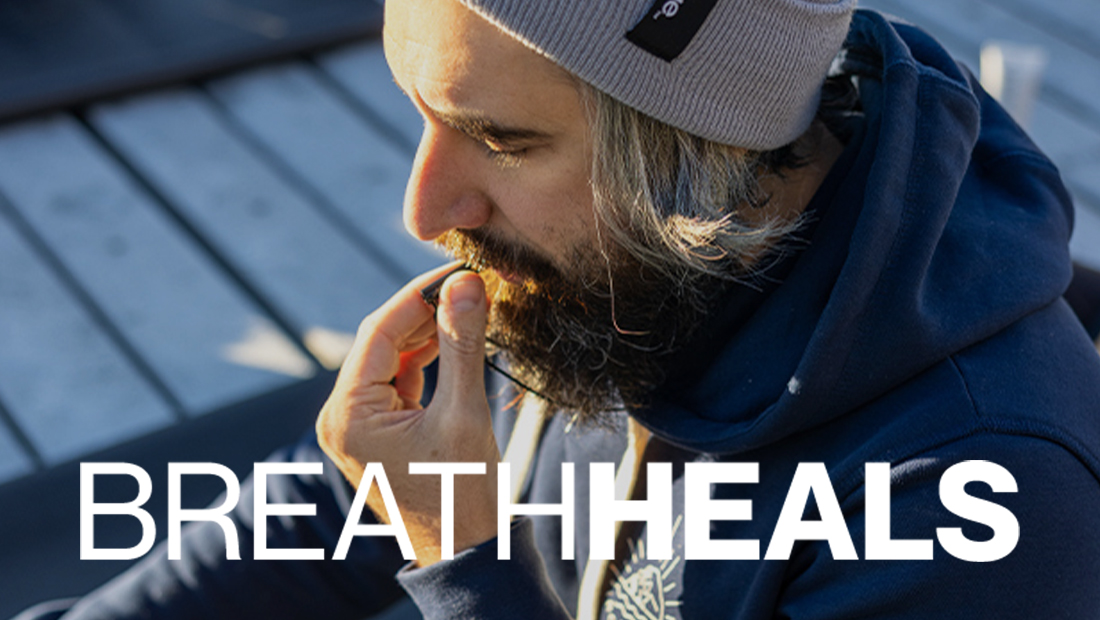

breathing exercise to help sleep
- Inhale through your nose for 4 seconds
- Hold your breath for 7 seconds
- Exhale naturally into the kalm breath tool for 8 seconds
- Repeat 5-8 times
breathing exercise to reduce pain
- Inhale through your nose
- Exhale naturally through the kalm breath tool, doubling the length of the exhale
- Repeat for 1-2 minutes
Exercise a 2:1 Ratio of Exhale to Inhale whenever you feel your pain is increasing.
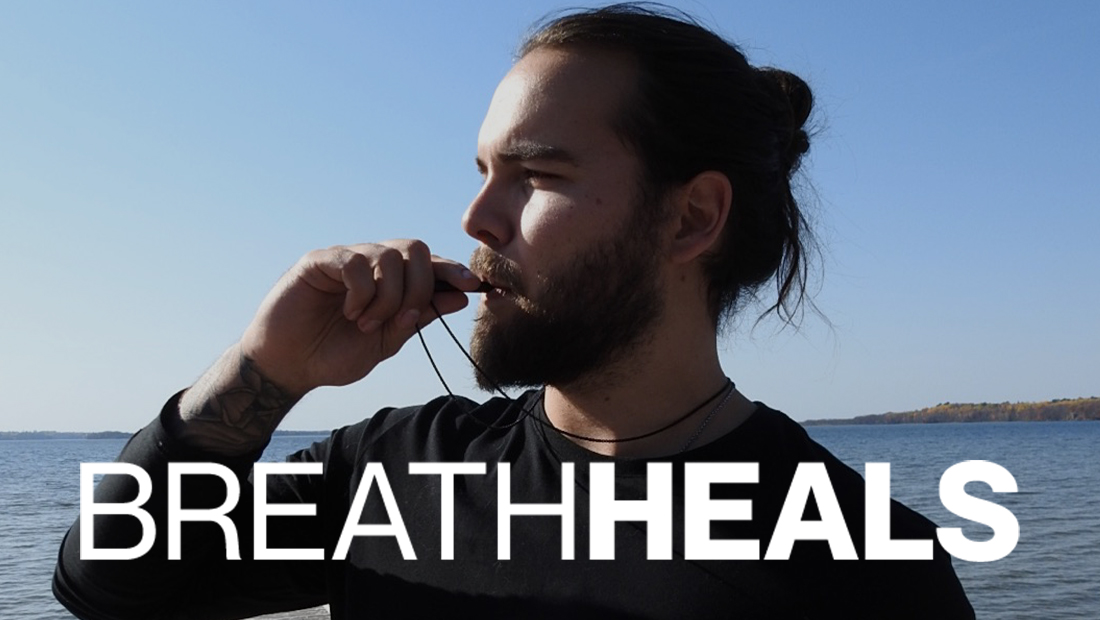
let's talk breath
Wanna chat about Breath? Ask questions? Dig deeper? Head into our community forum right below.
